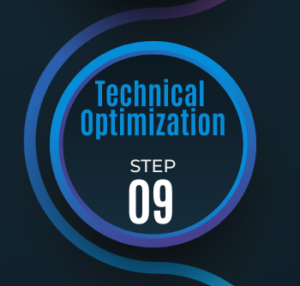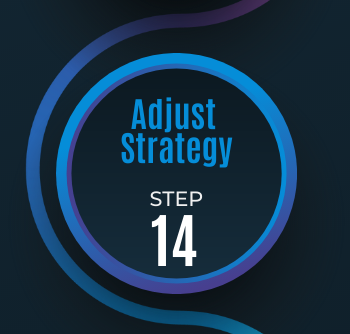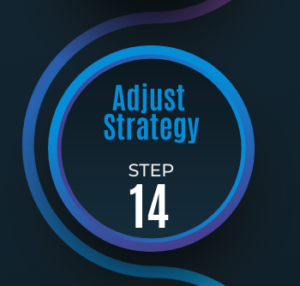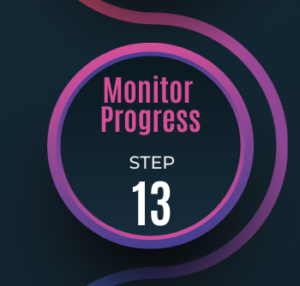
Steps of SEO: 9 Technical Optimization
Optimizing technical aspects of a website is crucial for SEO. Improving page speed, mobile-friendliness, implementing HTTPS, optimizing URLs and using structured data are essential techniques.



Optimizing technical aspects of a website is crucial for SEO. Improving page speed, mobile-friendliness, implementing HTTPS, optimizing URLs and using structured data are essential techniques.

Discover tips to adjust your SEO strategy, including reviewing your keyword research, optimizing your content, and improving your website’s user experience for better visibility and more traffic.

Importance of monitoring progress in SEO: Regularly tracking key metrics, staying up-to-date with trends, and continuously improving your website to achieve success.